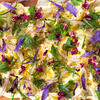Popular
Latest From the Show


How To Make Caramel Apple Pie | The Book On Pie | Erin Jeanne Mc…

Q&A with Organizational Pro Peter Walsh + Dermatologist Shares A…

Actor Hank Azaria + Freezer Meals + Artichokes 2 Ways with Rach

See Inside Barbara Corcoran's Stunning NY Apartment + It's Steak…
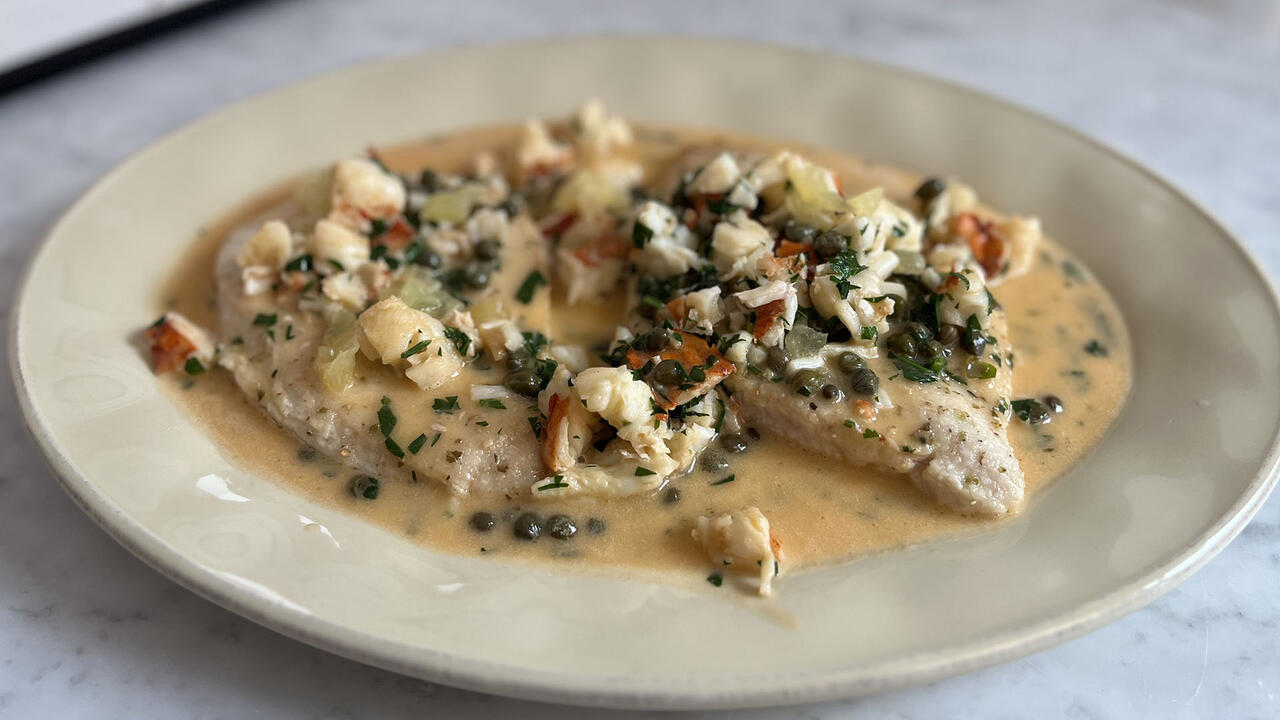
How to Make Chicken and Lobster Piccata | Richard Blais

The Best Moments From 17 Seasons of the Show Will Make You Laugh…

Donnie Wahlberg + Jenny McCarthy Say Rach Is Such a "Joy" + Look…

Donnie Wahlberg Spills Details About NKOTB's First Ever Conventi…

How to Make Crabby Carbonara | Rachael Ray
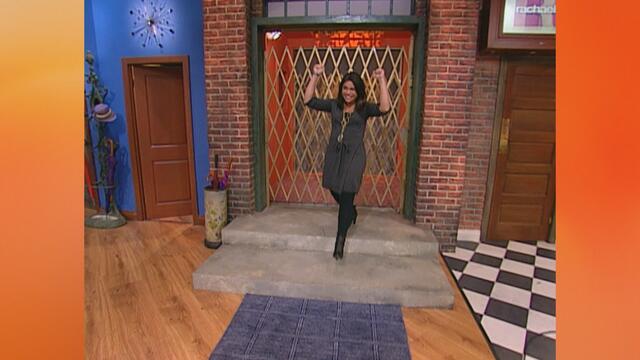
Rach Chats "Firsts" In Flashback From Our First Episode Ever In …

Rach's Chef Pals Say Goodbye to Show in Surprise Video Message
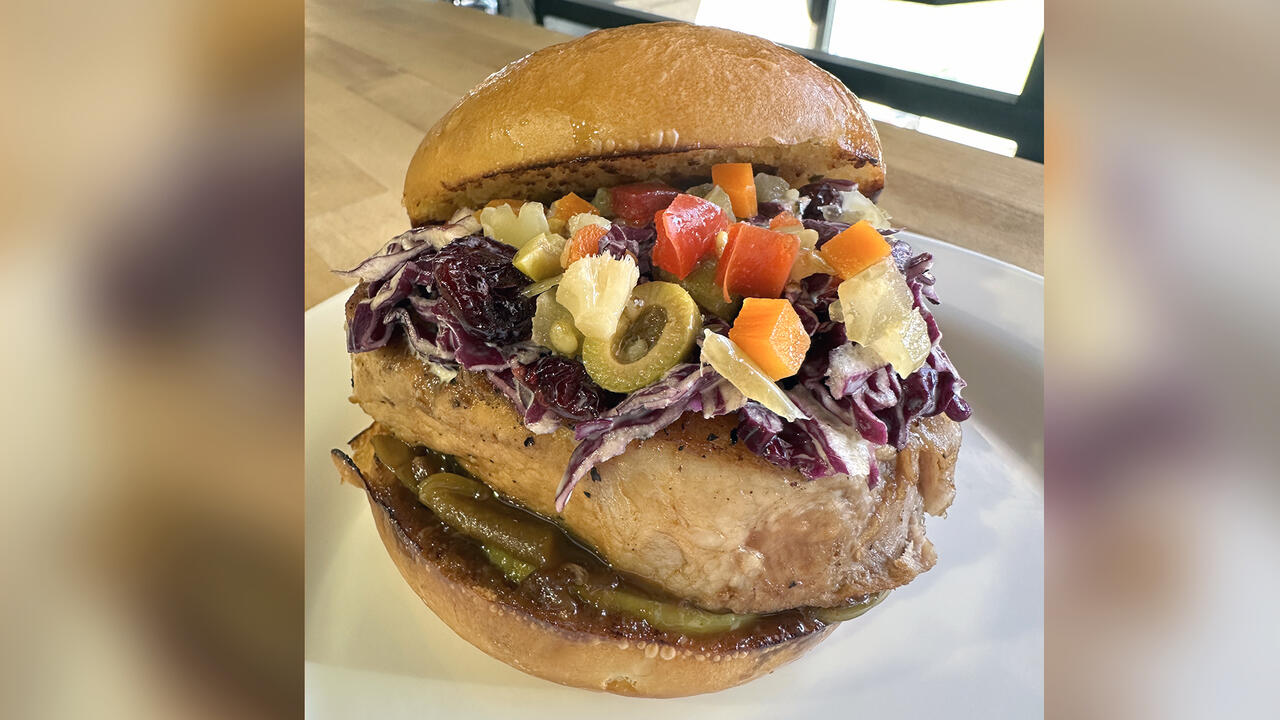
How to Make Apple-Cider Braised Pork Chop Sandwiches with Onion …
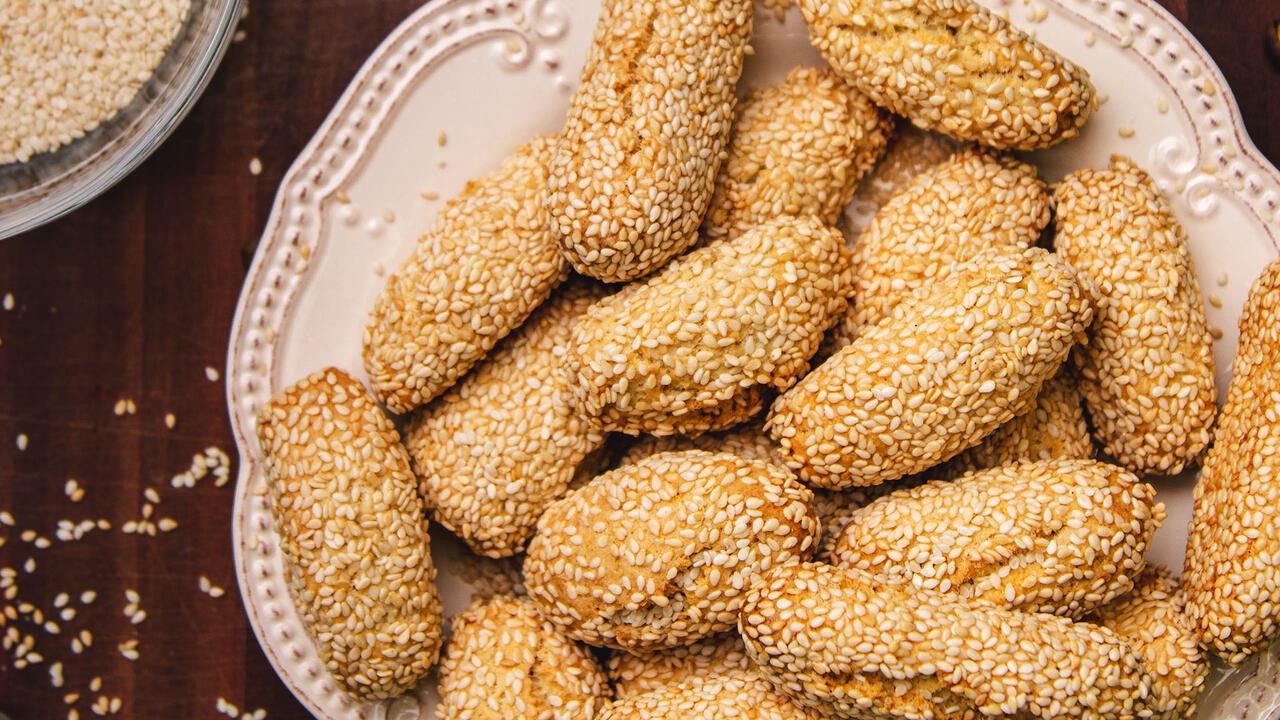
How to Make Sesame Cookies | Buddy Valastro
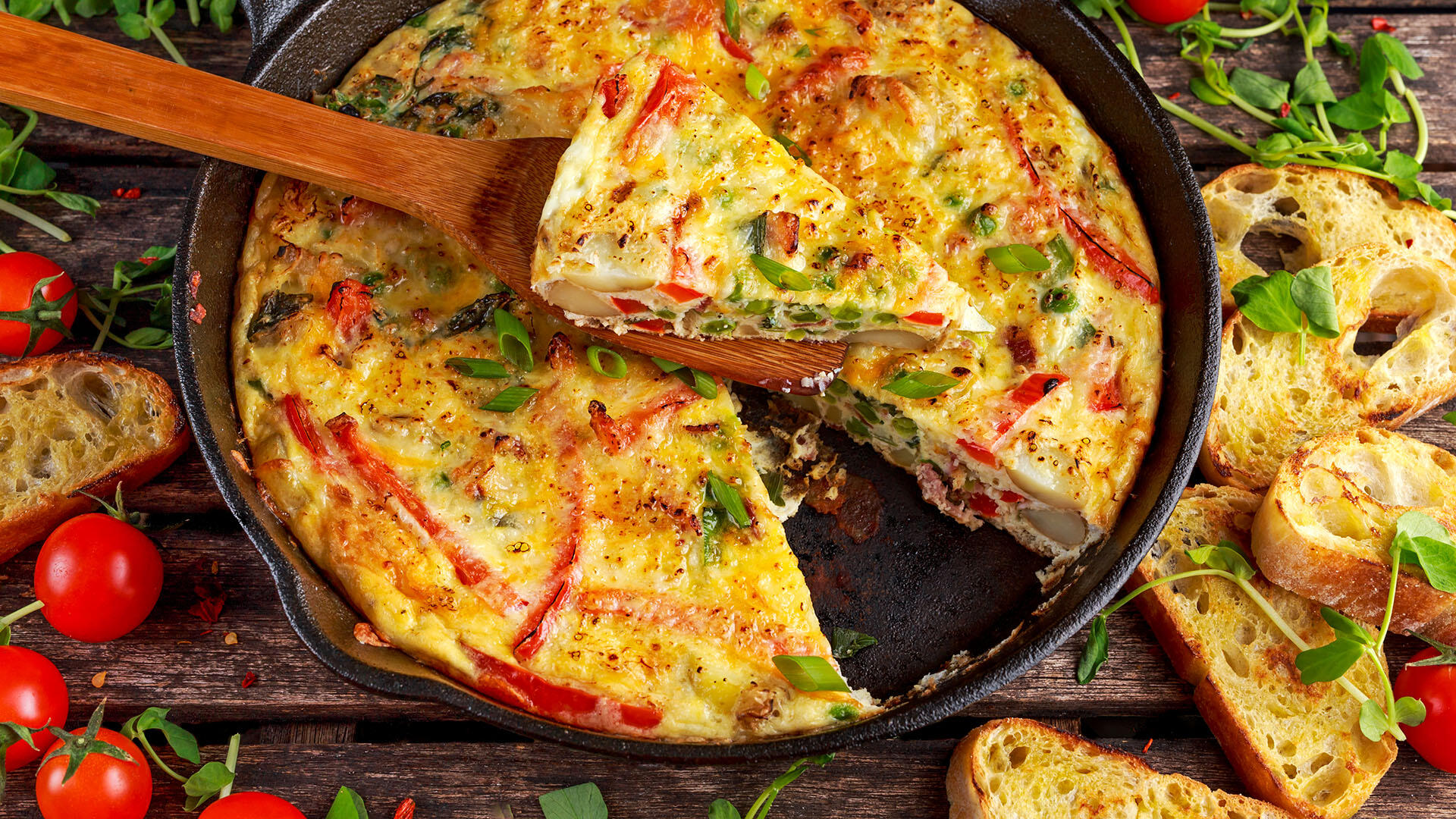
How to Make Tortilla with Potatoes, Piquillo Peppers and Mancheg…
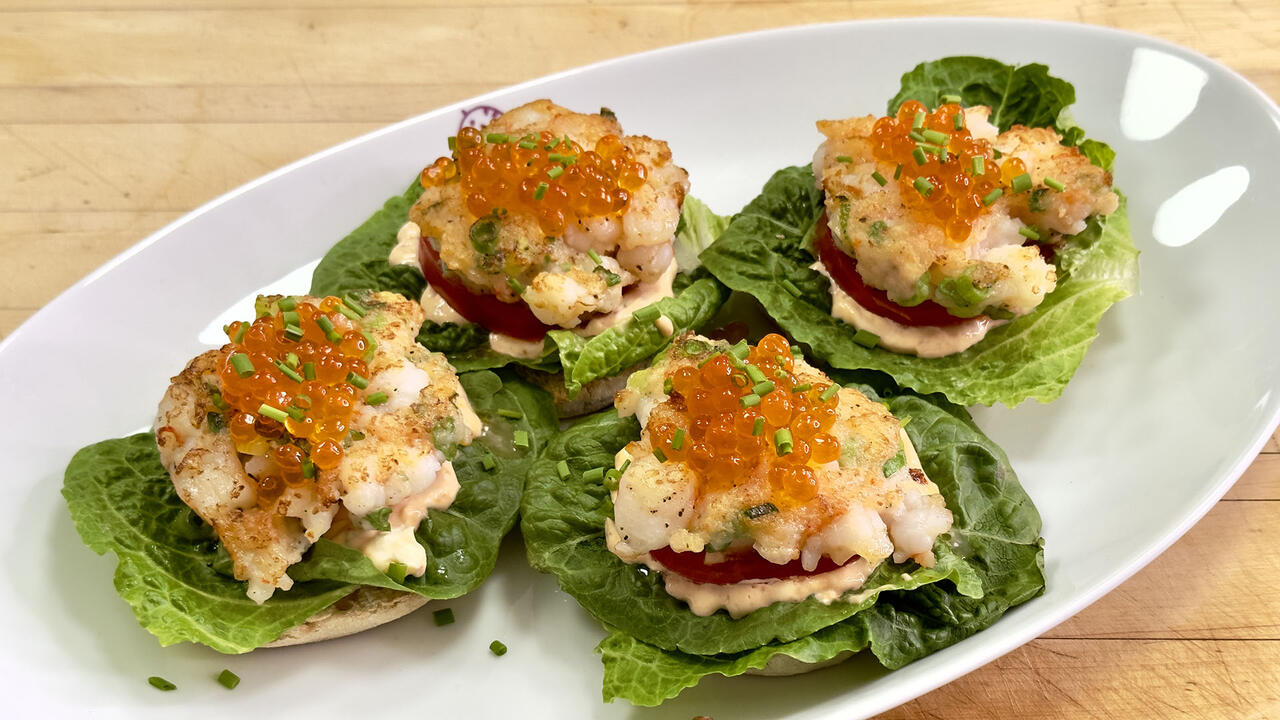
How to Make Shrimp Burgers | Jacques Pepin

Andrew McCarthy Chokes Up Discussing Emotional Trip to Spain wit…

Celebrity Guests Send Farewell Messages After 17 Seasons of the …

How to Make Spanakopipasta | Rachael Ray

Celebrity Guests Send Farewell Messages After 17 Seasons of the …

Andrew McCarthy Teases Upcoming "Brat Pack" Reunion Special

Michelle Obama Toasts Rach's 17 Years on the Air With a Heartfel…
Apple pie gets jazzed up for the holidays with Salted Caramel Sauce in this recipe from baking extraordinaire Erin Jeanne McDowell, author of The Book On Pie.
"One of the keys to success for this pie is to bake it long enough," Erin says. "Let the top crust get deeply golden brown to guarantee that the bottom crust is baked through."
Pro Tip: The pie is best eaten the same day it's made. Store leftovers at room temperature, covered with plastic.
Get more of Erin's best pie tips here.
Adapted from The Book On Pie by Erin Jeanne McDowell. Copyright © 2020 by Erin Jeanne McDowell. Used with permission by Houghton Mifflin Harcourt. All rights reserved.
Ingredients
- 3 pounds Honeycrisp or other good baking apples (6 large or 8 medium), peeled, cored, and thinly sliced
- 2 tablespoons fresh lemon juice
- ½ cup all-purpose flour
- ½ cup Salted Caramel Sauce
- ¼ cup granulated sugar
- 1½ teaspoons ground cinnamon
- ½ teaspoon ground ginger
- ¼ teaspoon freshly grated nutmeg
- 1 teaspoon fine sea salt
- 2 tablespoons boiled cider, optional
- 2 tablespoons unsalted butter
- 1 teaspoon vanilla extract
- Flour, for dusting
- 2 All-Buttah Pie Doughs, shaped into disks and chilled
- Egg wash
- Turbinado sugar, for sprinkling
Yield
Preparation
In a large pot, toss the apples with the lemon juice. Let sit for 30 to 45 minutes, tossing occasionally.
In a small bowl, whisk together the flour and Salted Caramel Sauce. In another small bowl, whisk the granulated sugar, cinnamon, ginger, nutmeg, and salt. Sprinkle both mixtures over the apples and stir well to combine. Set the pot over medium heat and cook, stirring constantly, until the apples are lightly softened and the juices have thickened, 6 to 8 minutes.
Add the boiled cider, if using, butter, and vanilla to the filling and stir to combine. Transfer the pie filling to a baking sheet or a large casserole dish and spread into an even layer to help it cool faster.
Preheat the oven to 400°F with a rack in the lower third, preferably with a baking steel or stone on it.
Lightly dust your work surface with flour. Roll out the top and bottom crusts so they are ⅛- to ¼-inch-thick, and about 1 inch wider than the pie plate: Begin to roll out the dough, positioning the rolling pin in the center of the dough, then applying gentle pressure and pressing it away from you. Return the pin to the center and do the same, this time bringing the pin towards you. Apply gentle, even pressure to the dough, rather than just pressing down while rolling the pin back and forth, which can make the crust too thin at the edges and thicker in the center.
Rotate the dough frequently, as that will help keep the dough from sticking and allow you to feel the thickness. Use the pin to help you move it around—roll it up around the pin, then unfurl it in a slightly different spot. When the dough is rolled out evenly to the correct thickness (⅛ to ¼ inch), it should be the correct size. You can always use your pie pan as a guide while you roll, placing it lightly on top of the dough to help see when you’re getting close.
Use the rolling pin to transfer the dough to the pie pan: Place the pin at the end of the dough farthest from you, wrap the edges of the dough up around the pin, and roll the pin towards you, wrapping the dough around the pin. Gently unfurl it into the pie plate, then lift up the dough gently at the edges and gently push it into the base of the pie plate.
Transfer the filling to the prepared bottom crust, packing it in firmly and tightly to eliminate air pockets (this will help prevent the filling from shrinking away from the crust during baking). Use the rolling pin to gently unfurl the prepared top crust over the filling or make cutouts from the top crust. Press all around the edges to seal. Use scissors to trim the dough so there is only ½-inch excess around the edges of the pie plate. Tuck the excess dough under itself so that it is flush with the edge of the pie plate. Crimp as desired. Chill the pie in the refrigerator, uncovered, for at least 15 minutes or up to 30 minutes.
Brush the top crust with egg wash, but don’t egg-wash the crimped edges, which tend to brown enough on their own. Sprinkle generously with turbinado sugar. Cut a few vents in the top crust.
Transfer the pie to a parchment-lined baking sheet and place in the oven. Bake until the crust is deeply golden brown, 55 to 65 minutes—the filling may bubble up a bit through the vents. If the crust is browning too quickly, tent the brown portions with foil. Cool completely before slicing and serving.


